ODH partners with faculty from the College of Humanities to design and carry out digital scholarship projects or develop pedagogical tools, many of which you will see below. If you are interested in proposing a project, contact Dr. Kathie Gossett.

Arabic Tutorials
Arabic Tutorials is a suite of drills and quizzes that originated from a set of HyperCard stacks produced in the 1990s by BYU Professor Dilworth Parkinson. In the early 2000s his daughter, Kristy Parkinson, then a student in the Computers…

Cambodian Oral History Project
For various reasons, family histories are uncommon in Cambodia. Many of the few records that did exist were destroyed during the Khmer Rouge period (1975 to 1979). With up to one-third of the adult population killed during the purges, the…
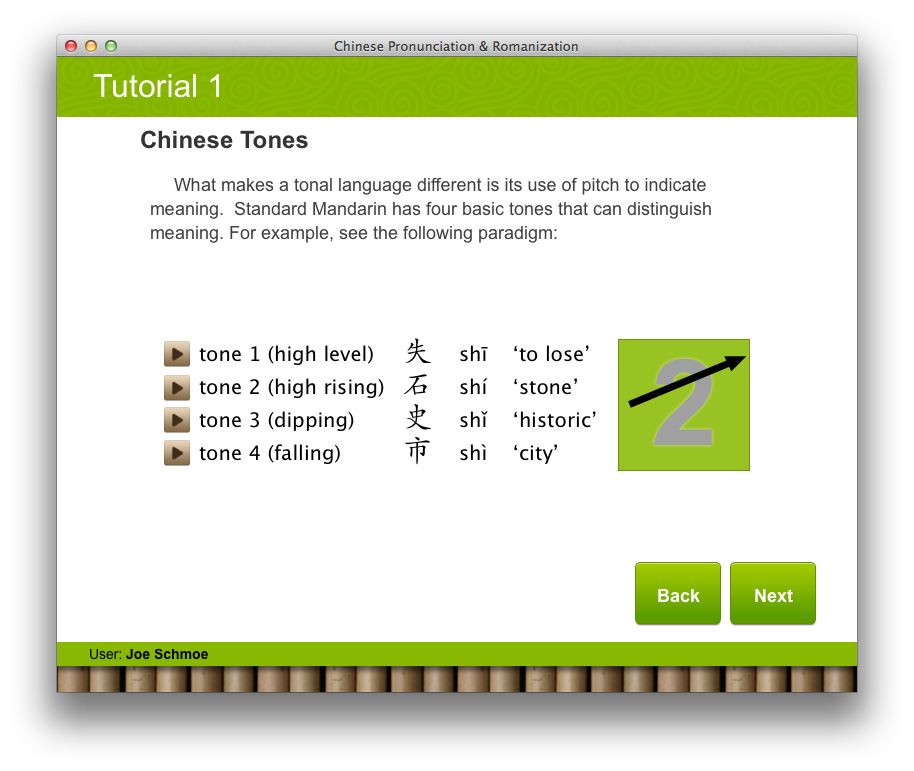
Chinese Pronunciation & Romanization Tutorials and Diagnostic Tests
These tutorials and diagnostic tests are used to teach beginning Mandarin Chinese students the fundamentals of tone discrimination and Pinyin transcription. Developed with Dr. Dana Bourgerie of the Department of Asian and Near Eastern Languages, this project has been in…
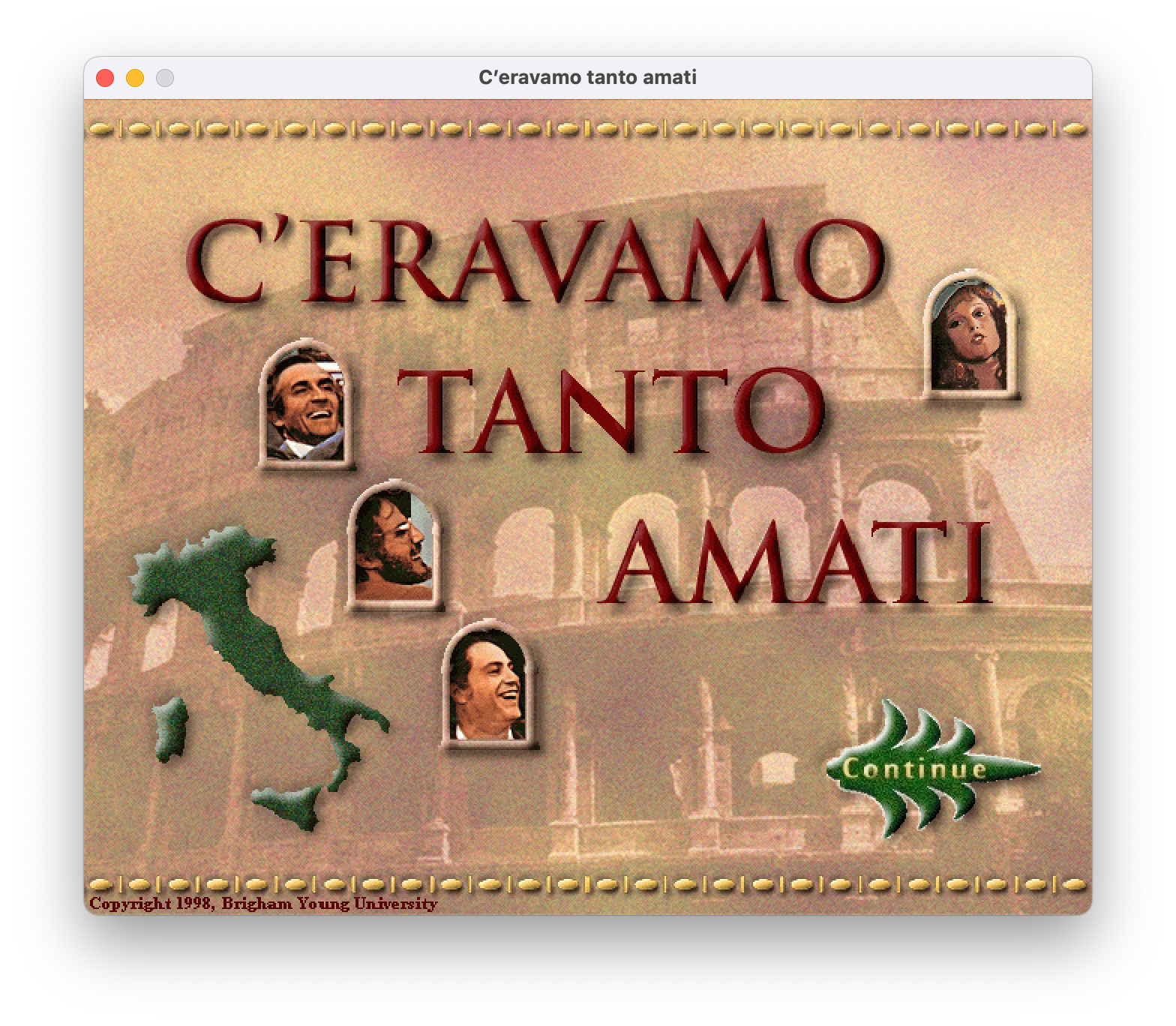
C’eravamo tanto amati
C’eravamo tanto amati (We all Loved Each Other So Much) is a beloved 1974 Italian film that depicts the social upheaval in Italy after World War II by following the intertwined lives of four major characters who represent various classes…
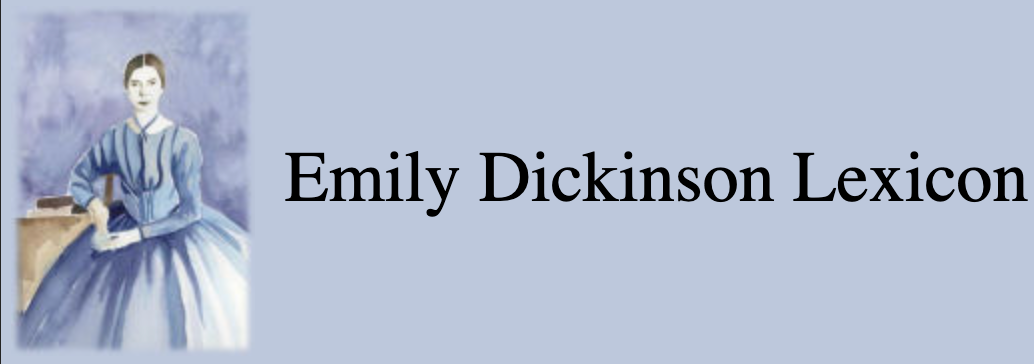
Emily Dickinson Lexicon
Emily Dickinson (1830-1886) wrote approximately 1,789 lyric poems in nineteenth-century American English. The Emily Dickinson Lexicon (EDL) is a comprehensive dictionary of over 9,275 words and variants found in the collected poems. We have used Dickinson’s poems, the Webster 1844 dictionary, the…
English Genome Project
Stylometrics on English essays by written by prominent essayists

Eye Tracking lab
The Office of Digital Humanities maintains an eye-tracking lab for researchers in the college. Currently, the lab is equipped with an EyeLink 1000 Plus. The most notable ongoing projects in the lab are related to eye behavior of readers at…
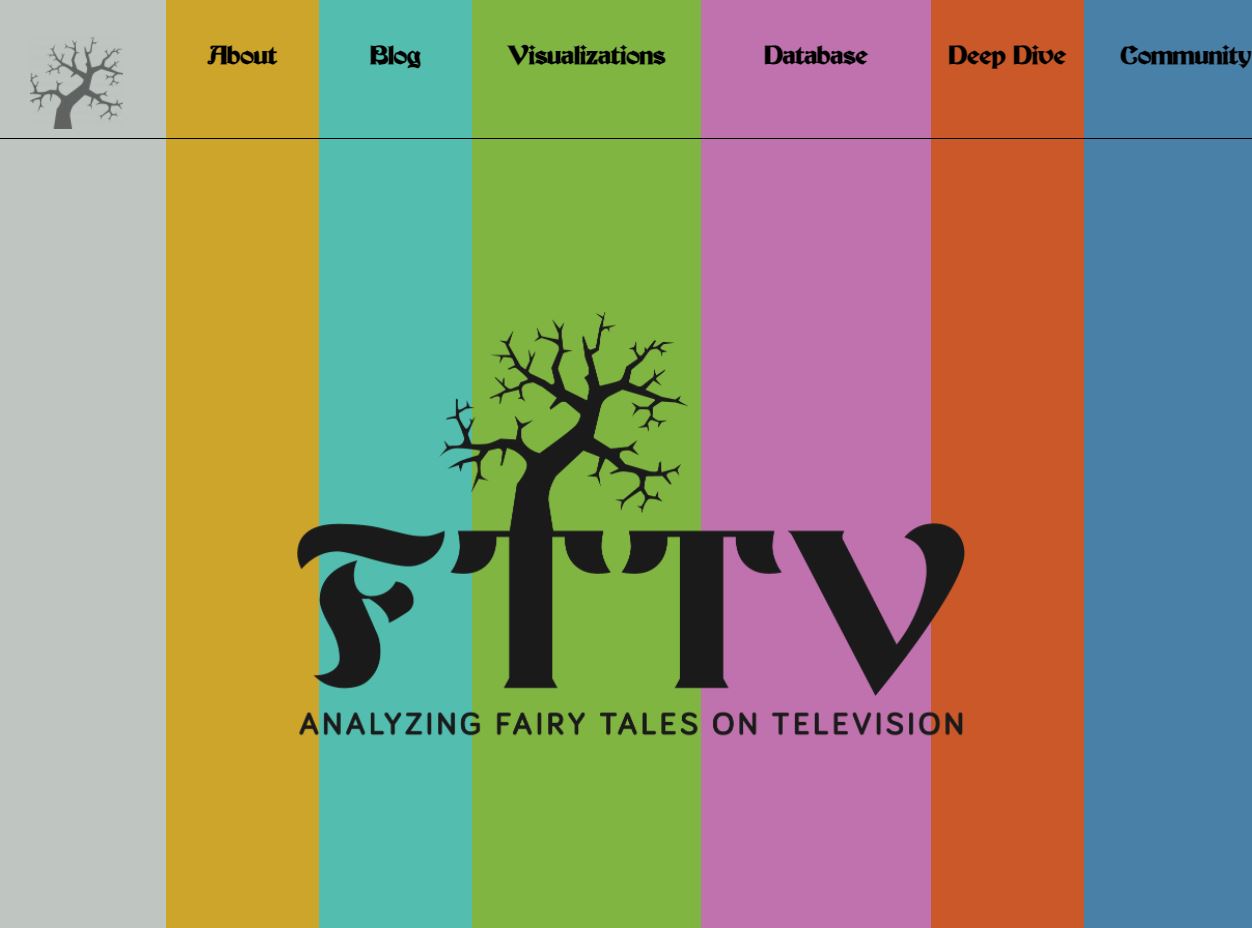
Fairy Tale TV
Fairy Tales are some of the most well-known forms of folklore. They were cross-cultural artifacts well before the advent of mass media. With the appearance of broadcasting, however, fairy tales became even more visible: tropes that were familiar and that…
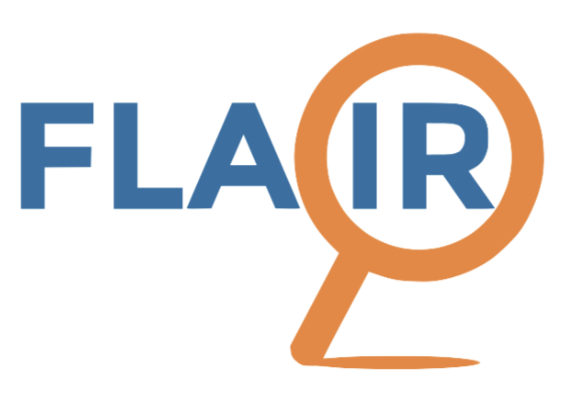
FLAIR (Russian and Arabic)
Form-focused Language-Aware Information Retrieval (FLAIR) is a web search tool for finding texts on a given topic with particular grammatical constructions. Originally developed by Maria Chinkina et al. (https://purl.org/icall/flair) for English and German, we extended FLAIR with modules for Arabic…
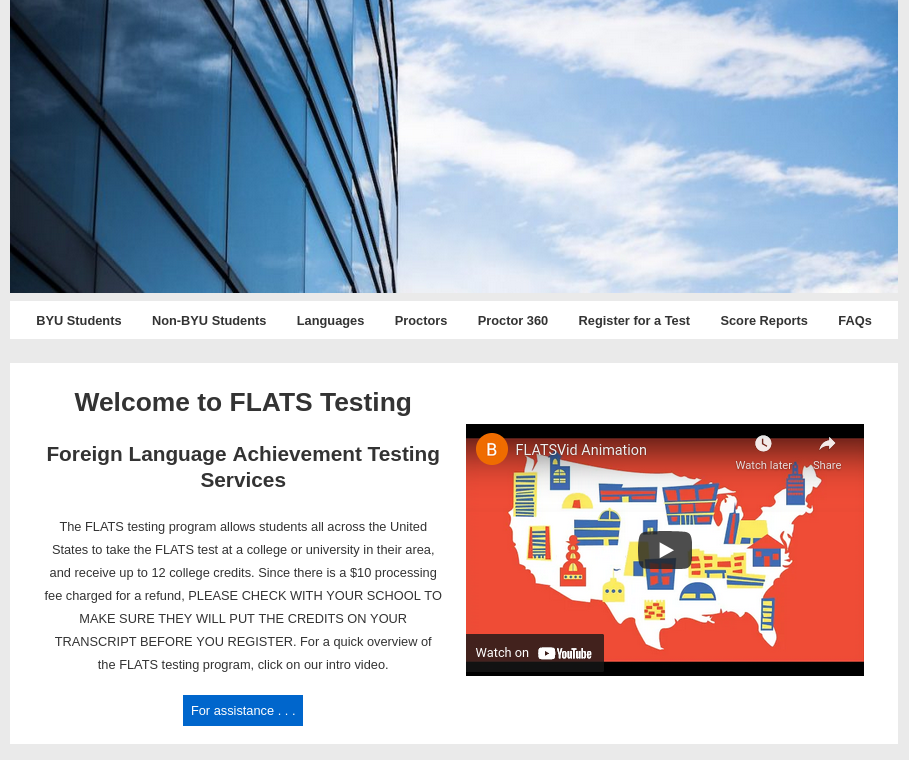
FLATS
The FLATS testing program allows students all across the United States to take the FLATS test at a college or university in their area, and receive up to 12 college credits.
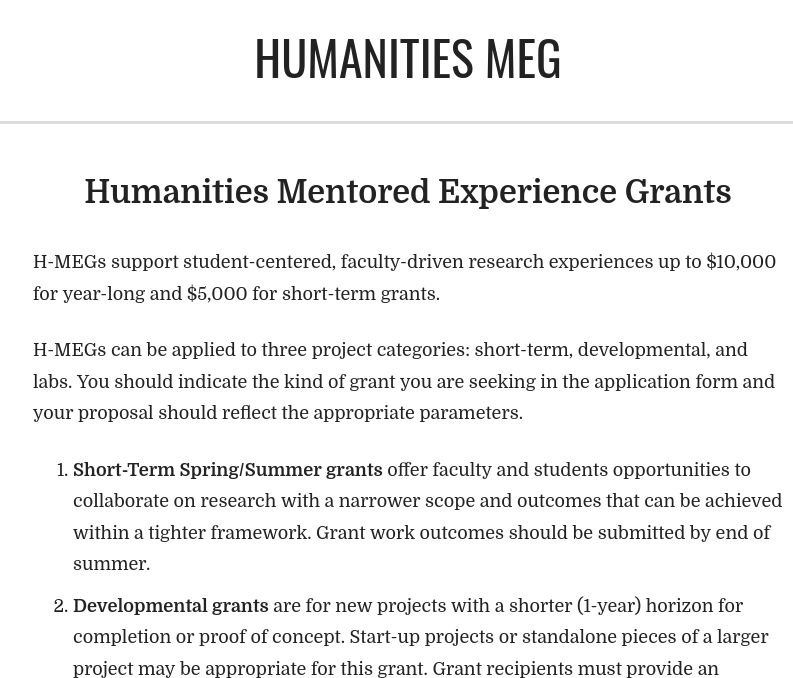
HMEG
H-MEGs support student-centered, faculty-driven research experiences up to $10,000 for year-long and $5,000 for short-term grants.

Humanities 101 Tutorials
The Humanities 101 Tutorials were commissioned by Professor of Humanities, Classics, and Comparative Literature, Dr. Jon Green in the early 1990s, for use in his Introduction to Humanities course. They introduced students to basic principles of a number of art…
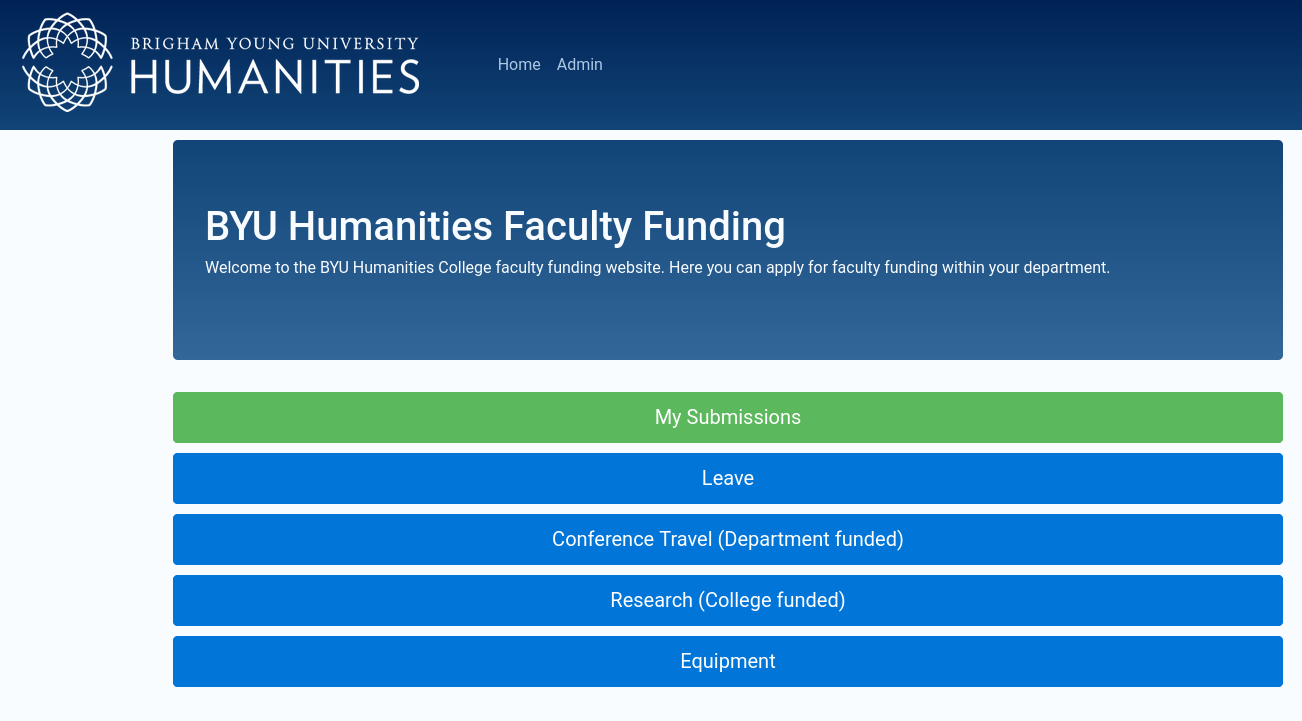
HumFunding
ODH facilitates and maintains online services for Humanities faculty funding requests, including research, travel, leave, and equipment. These processes usually involve the department chair of the applying faculty member, as well as final approval by the dean and subsequent processing…
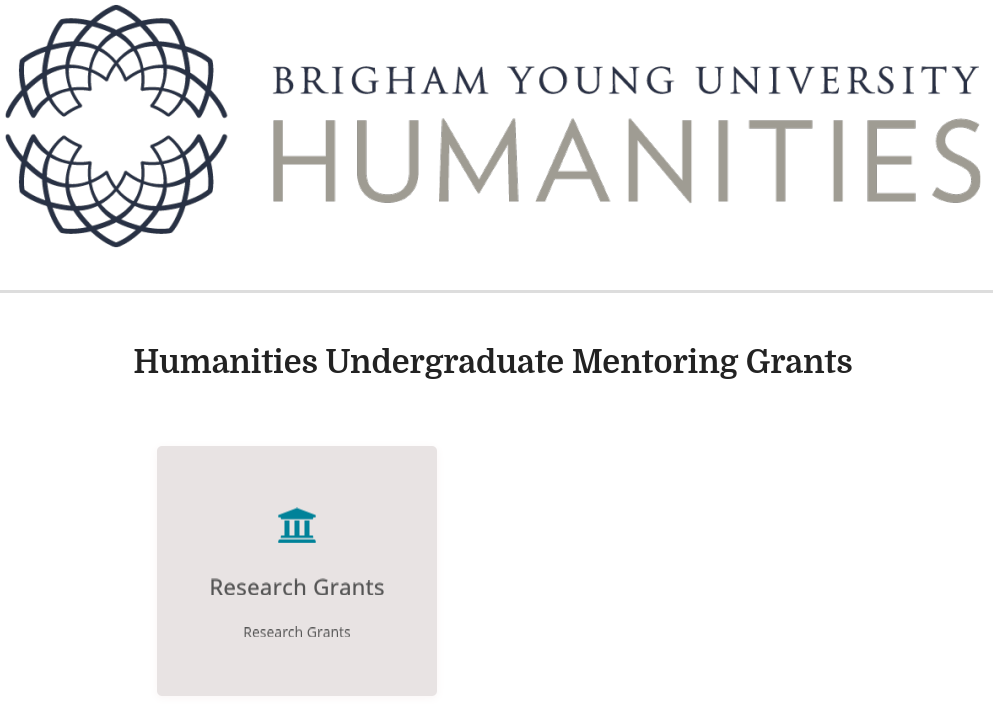
Humgrants
A form and approval system for Humanities Grants to faculty for research with students.
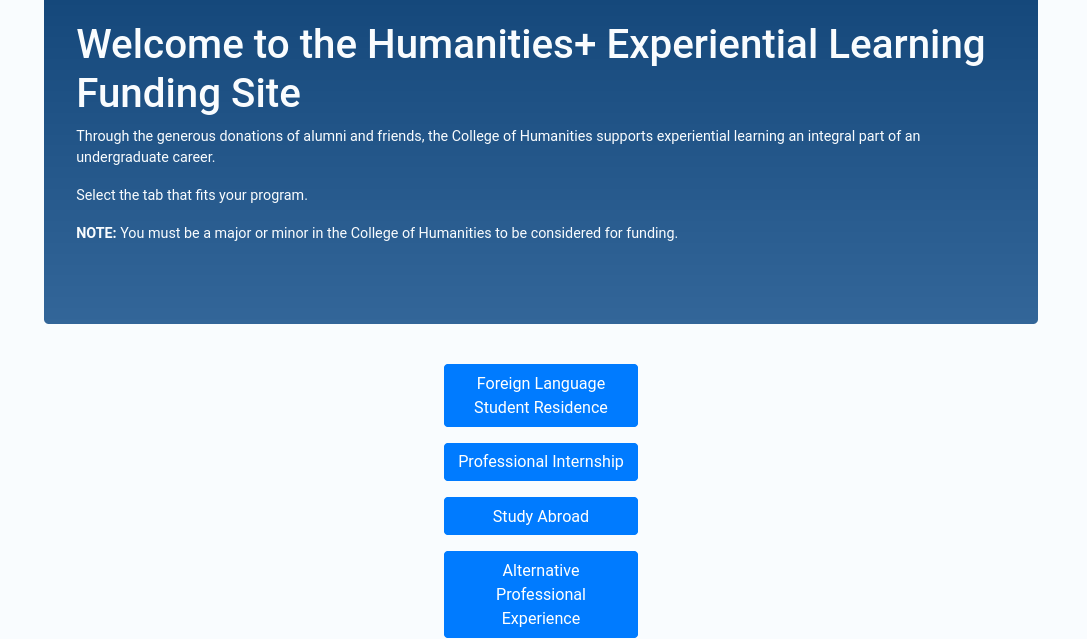
Humplus Funding
Through the generous donations of alumni and friends, the College of Humanities supports experiential learning an integral part of an undergraduate career.
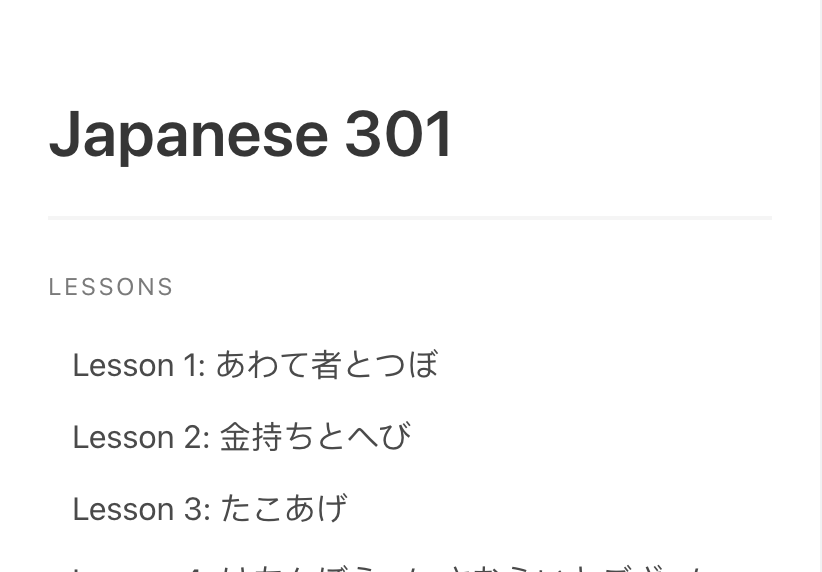
Japanese courseware
We resurrected three old Flash-based Japanese courseware websites in a mobile-friendly, future-proof framework. The websites are static HTML, generated from XML files and accompanying audio files. Similar websites could easily be generated for anyone willing to generate content.
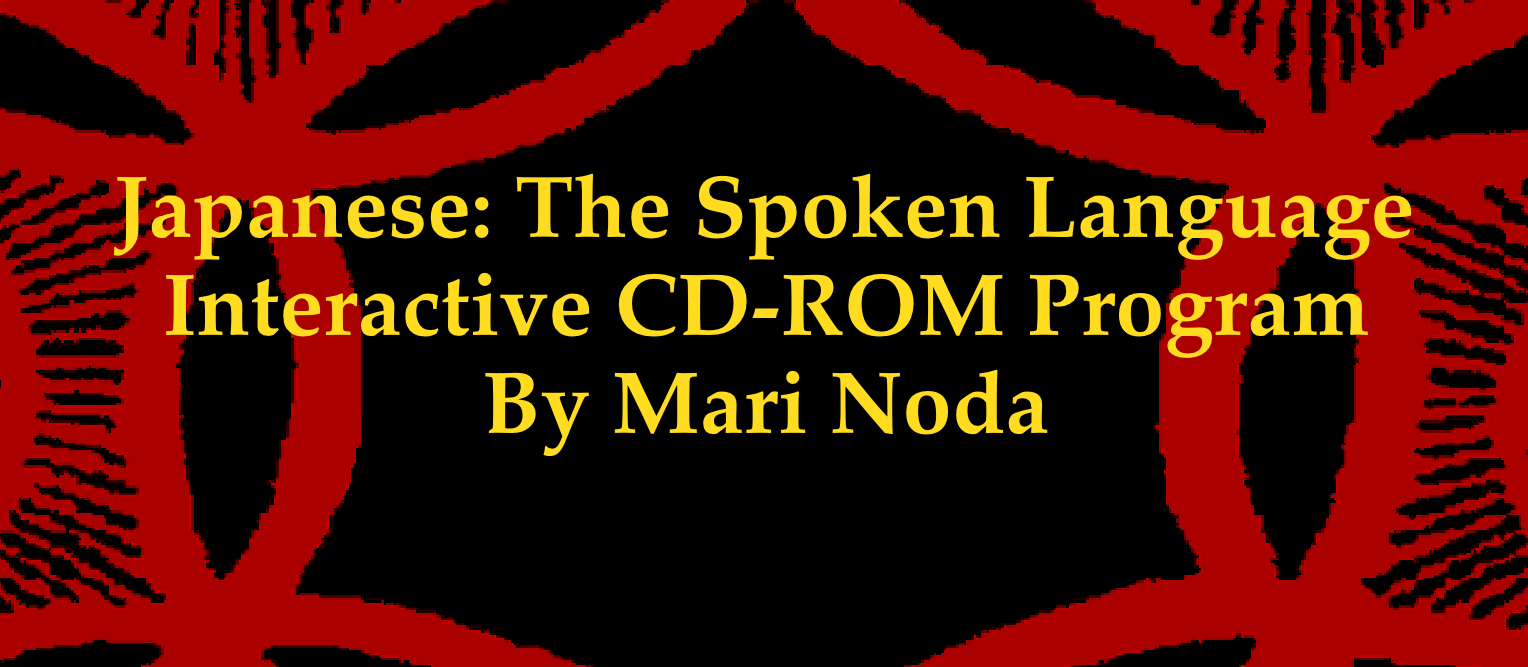
Japanese Spoken Language Port
The JSL CD-ROM was a massive project from Yale University that covered important topics in conversational Japanese. When Yale discontinued supporting the software, Devin Asay of ODH obtained permission to port the content over to newer platforms so that the…

Kanji Drill
Kanji Drill is a set of driil and practice exercises for intermediate Japanese students, developed for Dr. Kazzy Watabe of the Department of Asian & Near Eastern Languages. It helped students drill themselves in Kanji reading and pronunciation skills using…
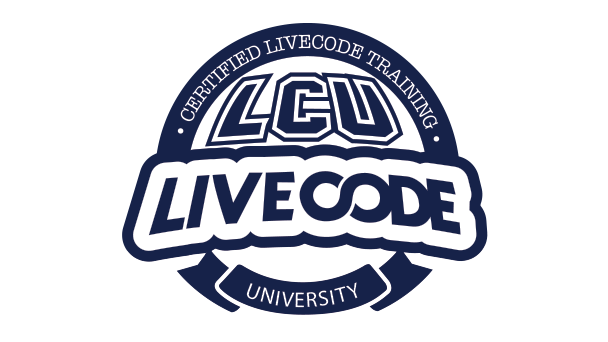
LiveCode University
LiveCode University is an electronic, interactive textbook developed for use in the Digital Humanities & Technology (DigHT) 210 course. DigHT 210 is designed to teach students from non-technology backgrounds the fundamentals of programming and “algorithmic thinking”. LCU has also been…
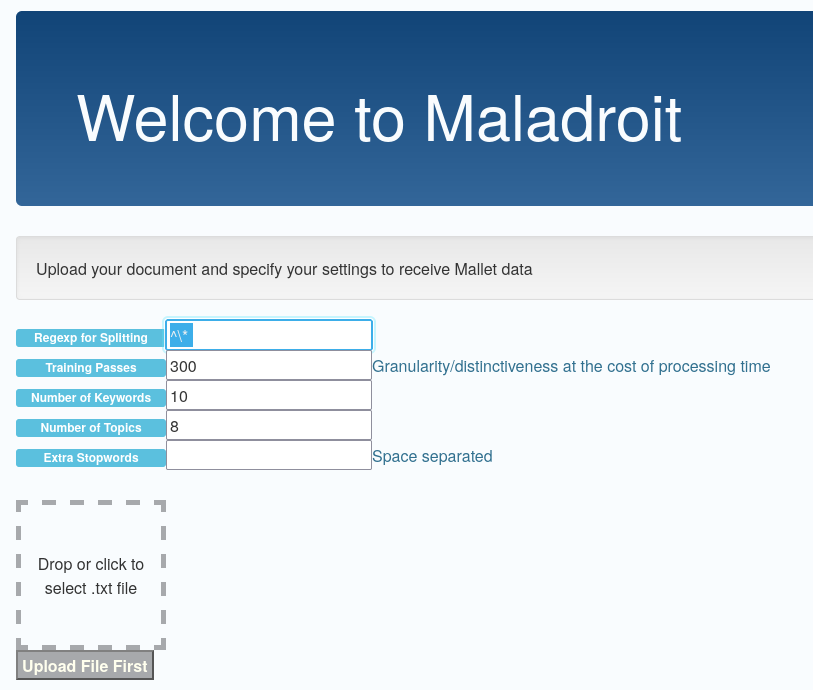
Maladroit Mallet Text Processing Tool
Web interface that streamlines LDA topic modeling with MALLET and the generation of network diagrams in Gephi.
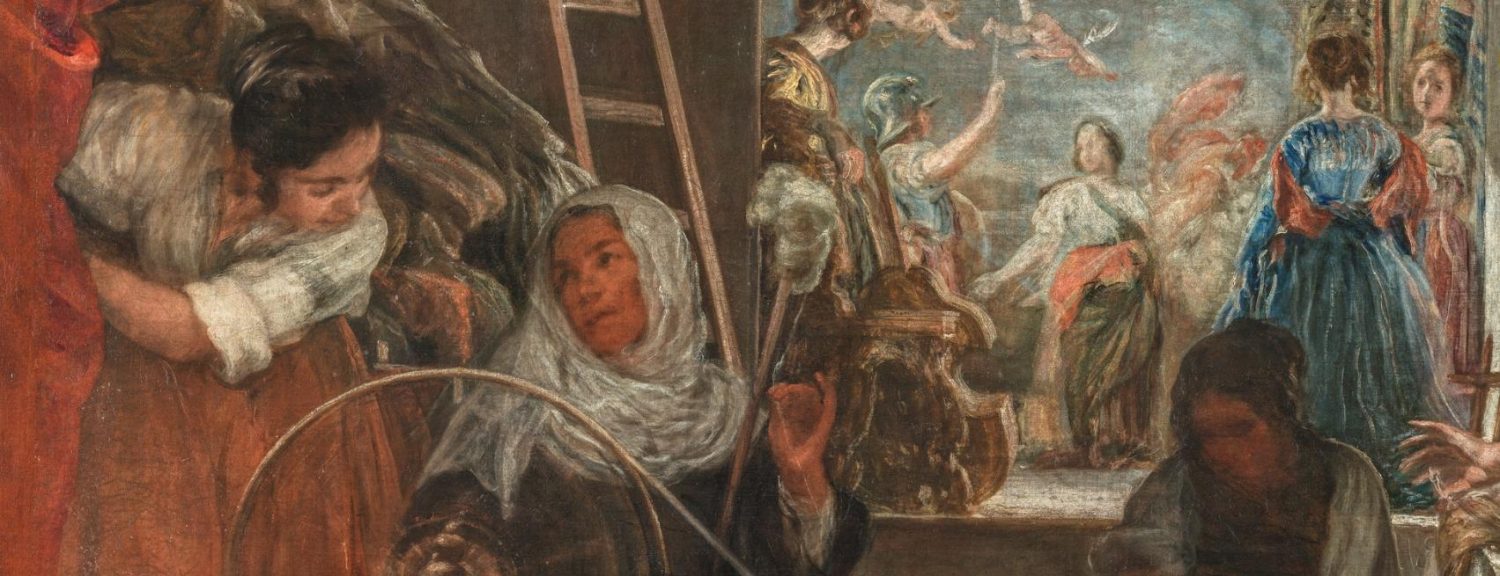
Mythology Research
OGCMA-online properties are designed for use in ClCv 241 courses at Brigham Young University and students elsewhere. The present resource contains information assembled for The Oxford Guide to Classical Mythology in the Arts, 1300 – 1990’s, edited by J. Davidson Reid…
NetRecorder
NetRecorder was an audio recording application intended to make it simple for students to make short recordings for their instructor over the internet, and which the instructor could quickly and easily download for review and evaluation. At the time it…
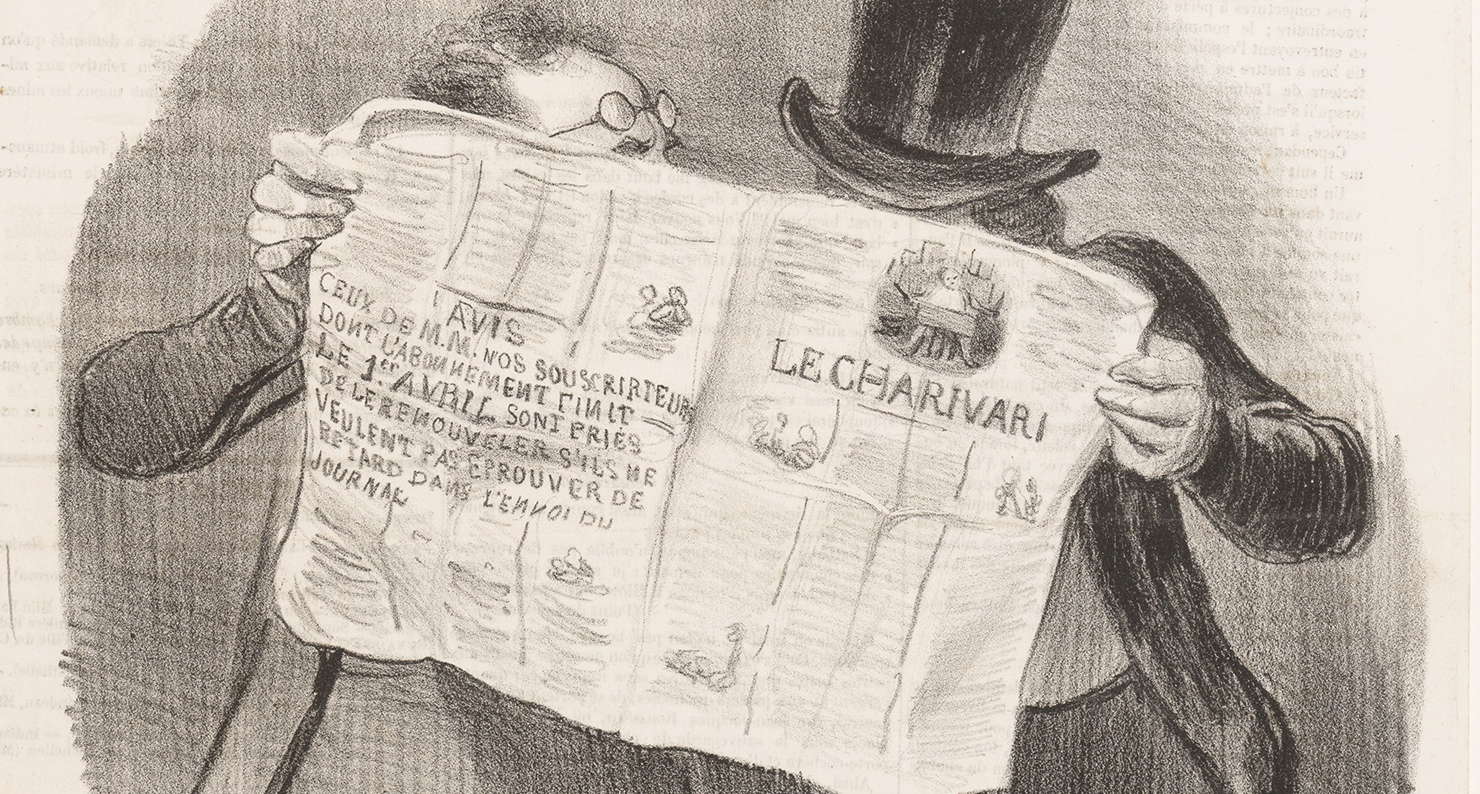
Nineteenth-Century French Studies Database
One way to understand how scholarship changes over time is to look at what and who scholars work on as well as the scholars themselves. The Nineteenth-Century French Studies (NCFS) database does exactly this for nearly fifty years of conferences…
ODH Room Scheduler
Devin Asay created a scheduling application for scheduling the various labs, special technology rooms, and seminar rooms controlled by the College of Humanities. The Scheduler has been in continuous use since 2005.
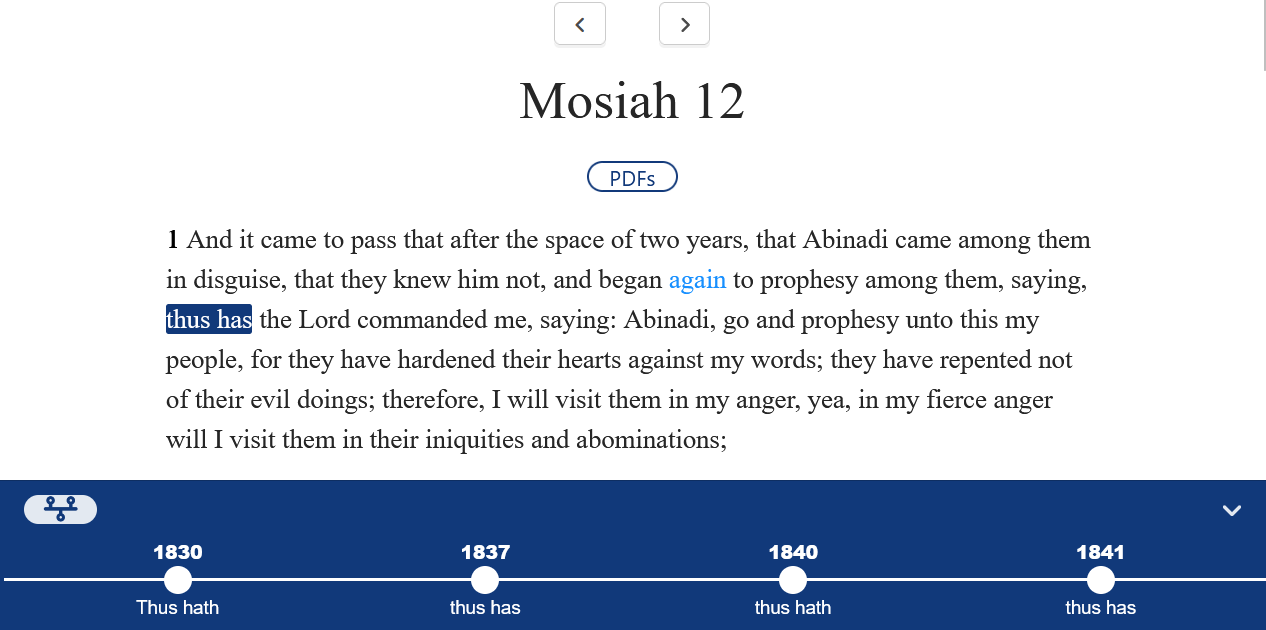
OpenScripture
The OpenScripture project aims to create digital editions of old print editions of the Book of Mormon that are not freely accessible on the web. The initial scope of this project is to digitize the 1837, 1840, 1841, 1879, and…
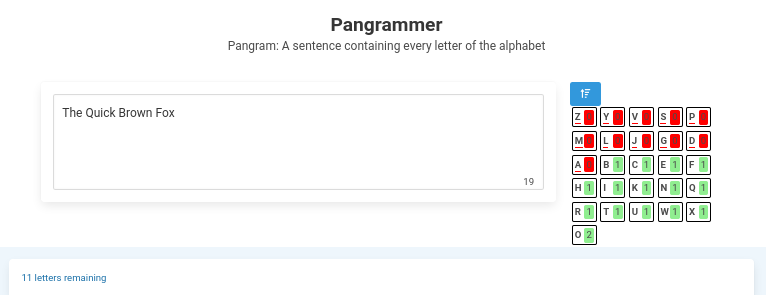
Pangrammer
A tool for writing pangrams
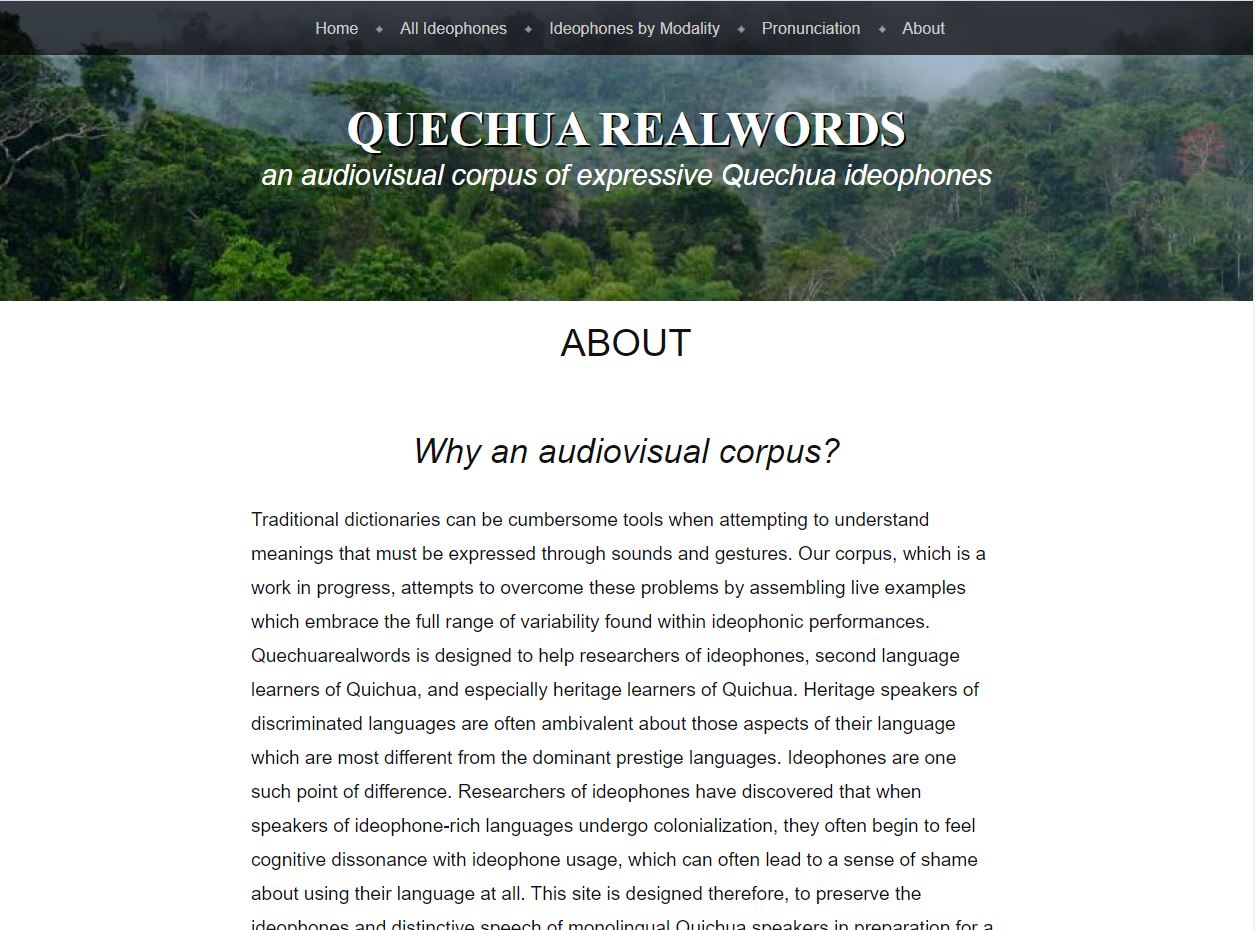
Quechua Realwords
Quechua Real Words is a multimedia resource to learn and study ideophonic constructs of Ecuadorian Quechua.
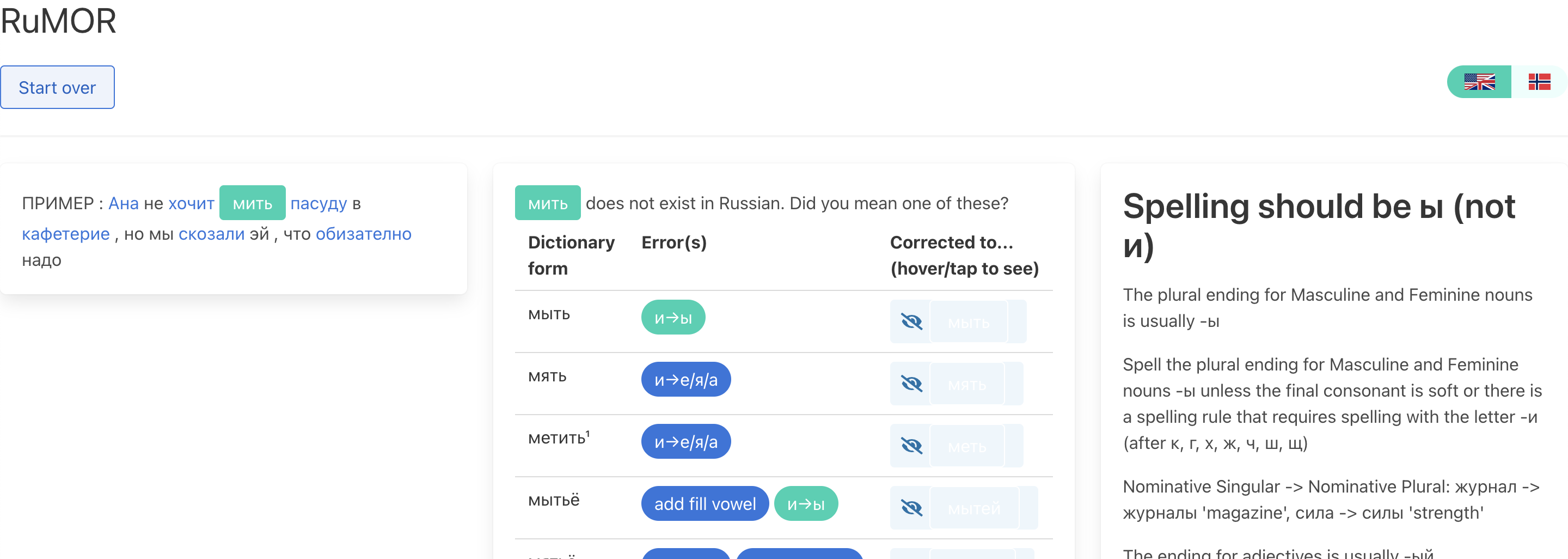
RuMOR
Russian Mentor for Orthographic Rules (RuMOR) is a free and open-source intelligent tutoring system that automatically diagnoses learner errors and provides succinct explanations to help the learner correct the errors. The learner-language analysis depends on a specially built finite-state transducer…

Russian Language Assessment
Russian Language Assessment a searchable database of student work in several categories in Russian capstone course. Faculty uses submitted papers as part of regular assessment activities.
Scandinavian LDS Women’s History
More than 10,000 women from various Nordic countries (primarily Denmark, Norway, Sweden, and Iceland) converted to the Church of Jesus Christ of Latter-day Saints between 1850 and 1920 and immigrated to Utah. Their experiences of conversion, migration, and settlement were shaped in…

Spanish & Portuguese TA Scheduler
The Department of Spanish & Portuguese requires all of its first-year students to attend conversation labs with a native speaker once a week while enrolled in Spanish or Portuguese 101, 102, 105, and 106. Students choose which conversation session fits…
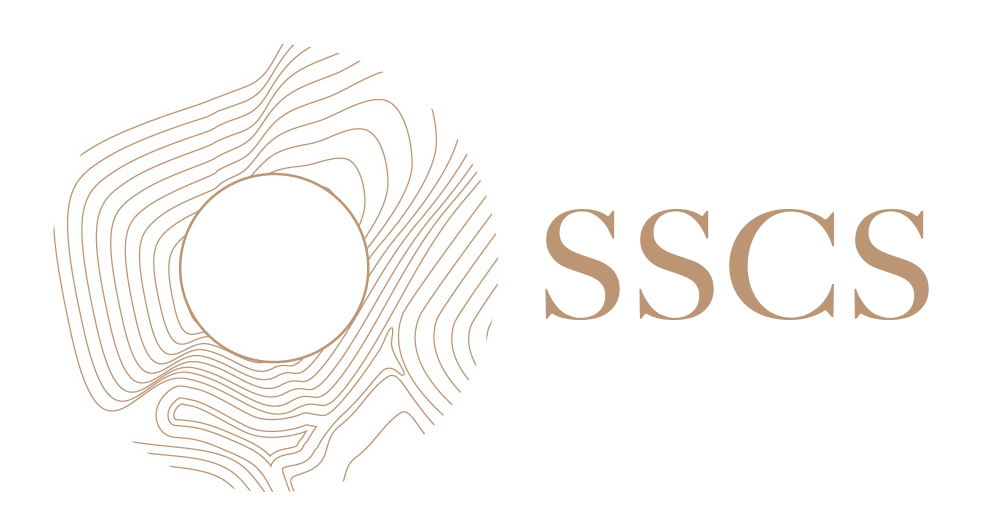
SSCS Website Redesign
The Society for the Study of Christian Spirituality (SSCS) exists to promote research and dialogue within the community of persons interested in the field of spirituality. The SSCS is ecumenical and strives to be inclusive of the widest possible range…
Stories of Sustaining
Elder Neil L. Andersen has recently stated that every member, at some time in their life, will experience some dissonance between what they believe or accept as their way of thinking and that which is suggested by either local or…

Thai 101 Pronunciation Tutorials
Devin Asay worked with BYU Thai instructor Kritsana Imvitaya to produce tutorial modules for beginning Thai students. The modules included introduction to the Thai alphabet, pronunciation of vowels and consonants, sample dialogs, vocabulary development, and reading practice. Each module included…

The Brigham Young Papers Project
The Brigham Young Papers is an upcoming project for The Church of Jesus Christ of Latter-Day Saints. Part of the preliminary project development is to collect all of the writings related to Brigham Young, such as journals and speeches. There…
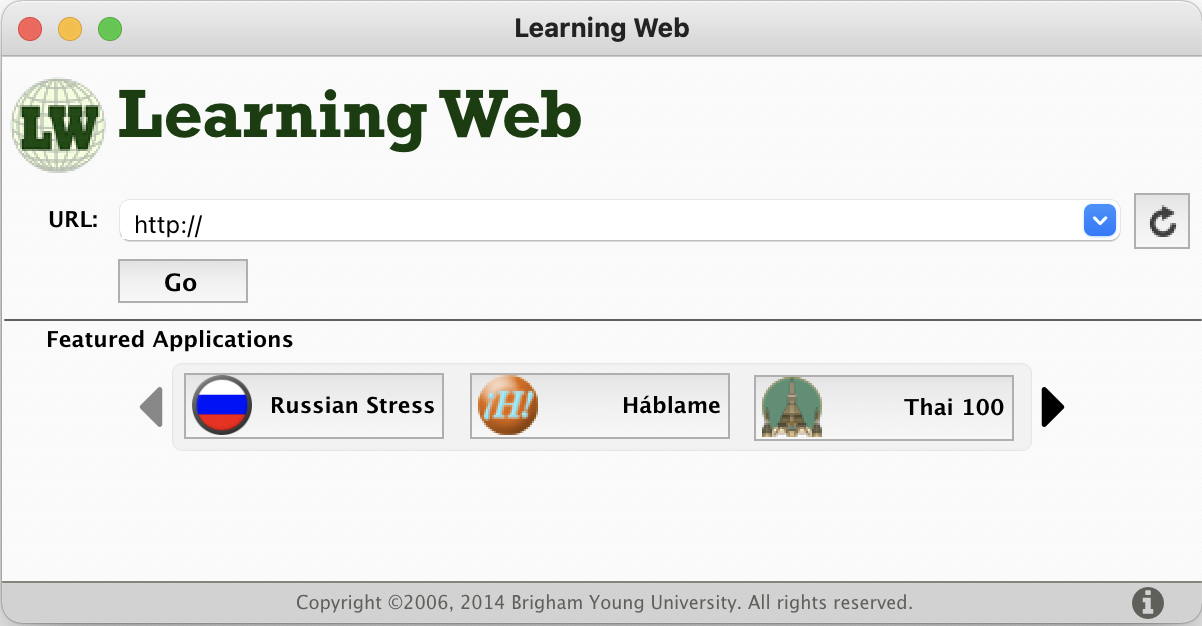
The Learning Web
The Learning Web is a web-centric desktop application created by Devin Asay of the Brigham Young University Office of Digital Humanities. It allows you to run various computer-based tutorial programs, previously available only in the Humanities Learning Resource Lab at…
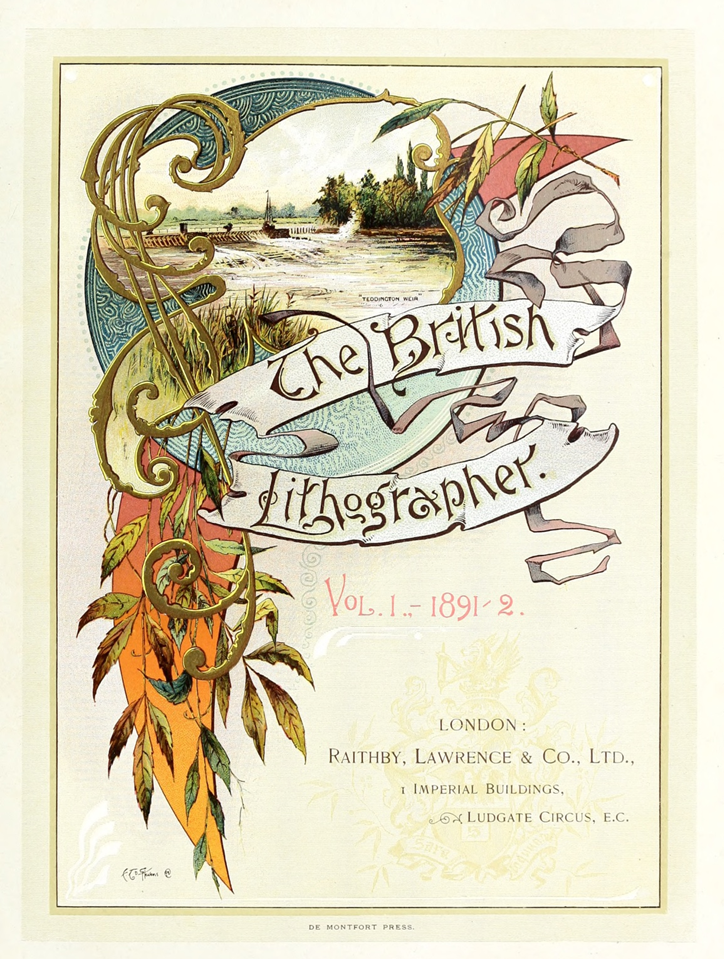
Victorian Print Trade Journals Database
The Victorian era witnessed a flourishing of print trade journals but they have left little trace. Many of them are no longer extant, and those that are typically need to be consulted in the British Library. While some bibliographic scholarship…
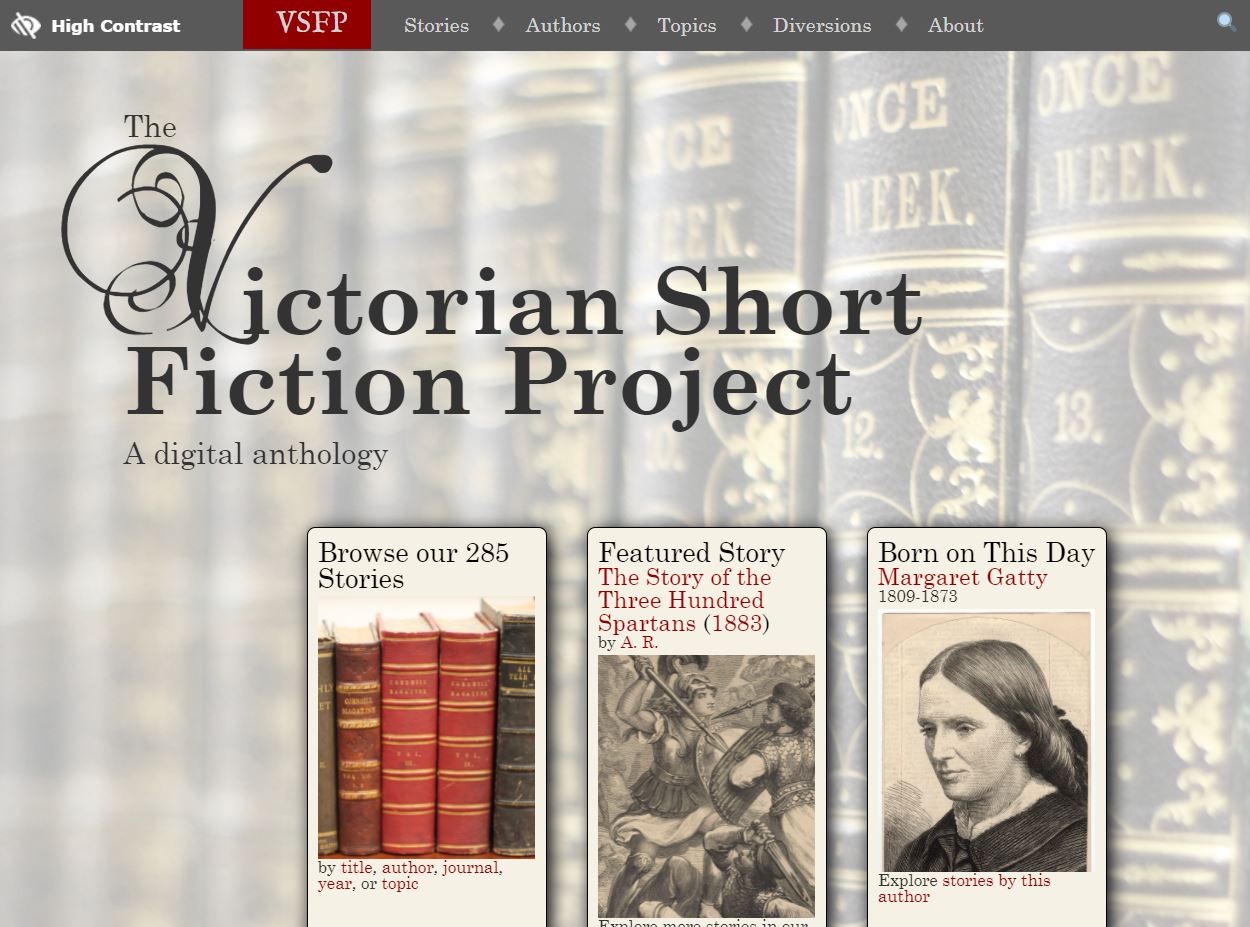
Victorian Short Fiction Project
A student-curated, peer-reviewed collection of works from Victorian periodicals. Accredited by NINES.
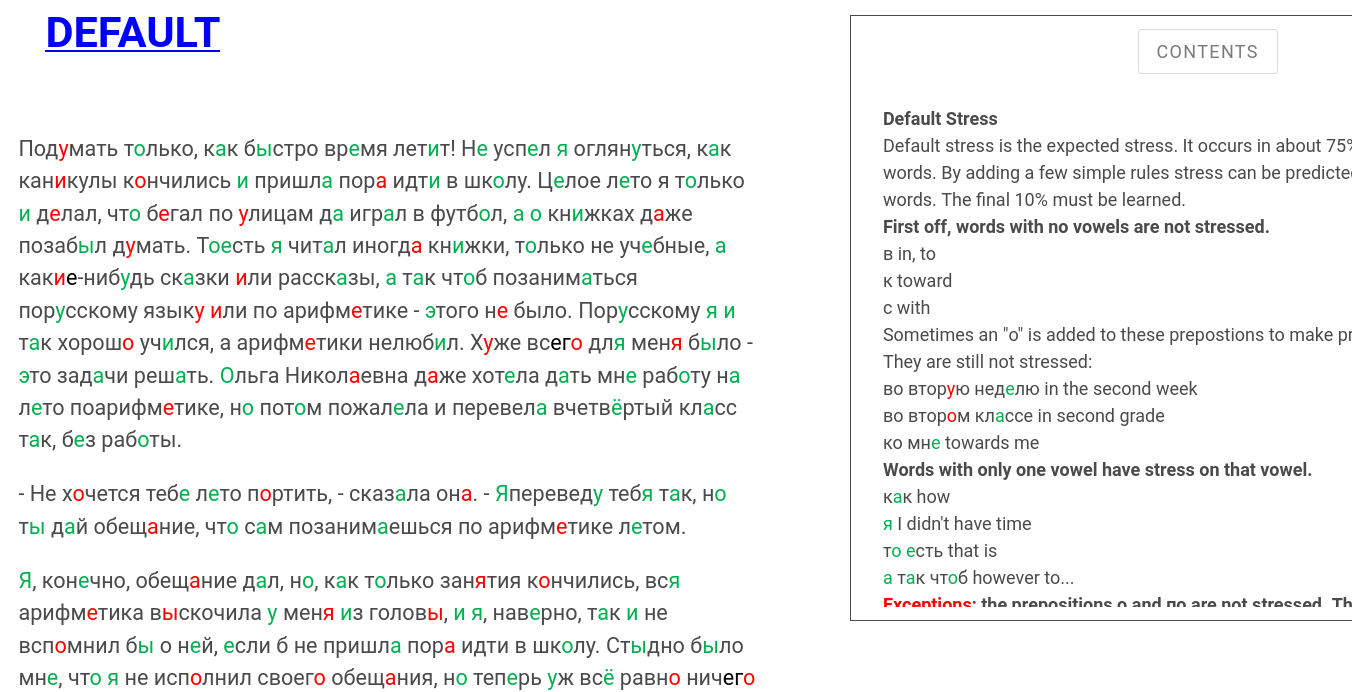
Vitya Maleev
The aim of this program is to get you reading normal everyday Russian out loud with correct word stress and so improve your speaking fluency. This program is for speakers who are at least at the intermediate level. A web…

Web Support
ODH Web Support for the college of Humanities

WebCLIPS
WebCLIPS is a web-based tool for assessing learners’ abilities and providing remedial learning modules. Courses exist for Spanish, Portuguese, English Writing, English as a Second Language. WebCLIPS is a re-implementation of CLIPS, which is itself a re-implementation of TICCIT, one…

WebMage: Web Scraping Tool
As an office that handles data frequently, web scraping is a useful resource for gathering data. Web scraping is the use of a computer script to usually get multiple web pages and extract data from them. Python has several modules…
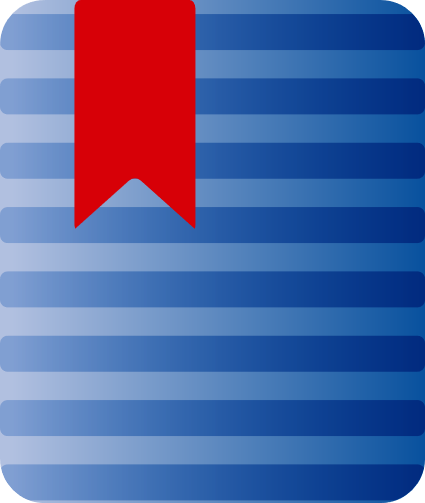
WordCruncher
Search for the word Jesus in the scriptures (1,286 hits), identify key words and phrases of Shakespeare (heaven, soul, and heart), generate word frequency lists in the TED Talk Corpus, or read your favorite talks from General Conference. Deepen your…
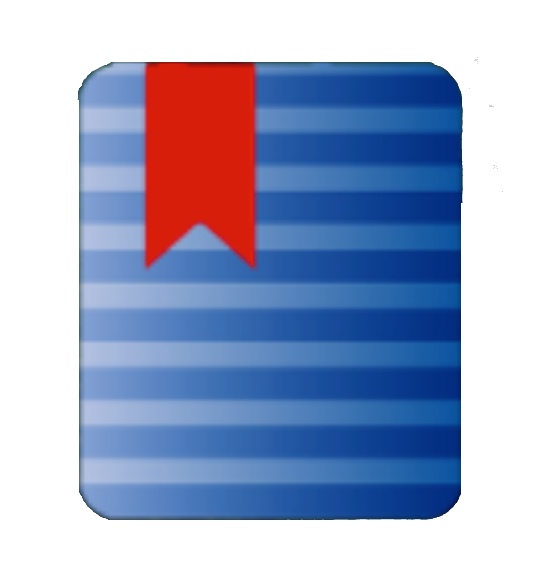
WordCruncher Redesign
After many years, the WordCruncher application is being redesigned. The new version of the application will be platform independent (it will work on both PCs and Macs). We will also be using user-centered design approaches to update the interface and…
WordPress
The Office of Digital Humanities maintains and implements over 100 WordPress sites, ranging from conference sites to custom research apps and headless WordPress back-ends.

¡Háblame! Dialogs
¡Háblame! is a beginning Spanish textbook co-authored by the late C. Dixon Anderson and Alan Meredith, BYU Professors of Spanish. The textbook included a series of audiotaped conversations with illustrations. In the 1990s Meredith’s TA, Richard James, also a former…
